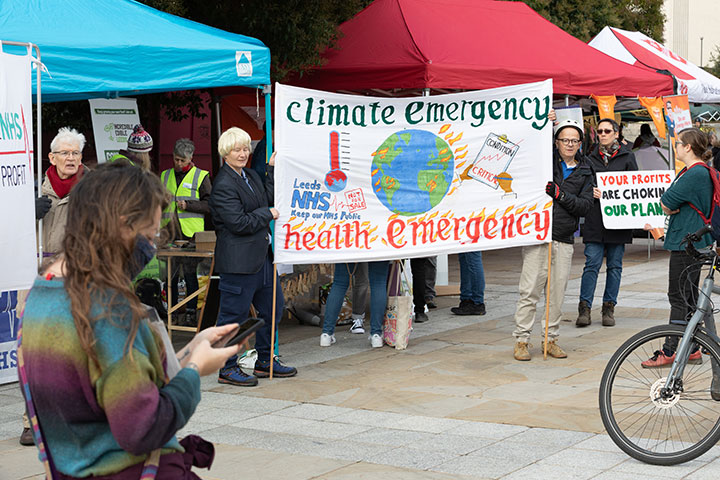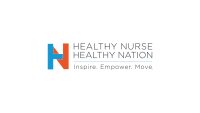Act now to protect the global population.
I’ve always accepted the science of global warming, but I stayed on the sidelines. I didn’t think it was my responsibility to help alleviate the growing climate change crisis. Then I attended a presentation that stopped me in my tracks. Pacific island nations have become the catastrophic front line of climate change, with growing threats to food security and disruption of the global ecosystem. The oceanic food supply and agriculture of these nations are being permanently altered by warming water temperatures and encroachment of salt water on land. Coffins have washed up on islands where coastlines have been obliterated by sustained rising tides. Coastal towns have been abandoned and citizens have moved to higher ground. Some small islands have disappeared completely.
Nurses frequently run toward danger and crisis, but do we do that only when we see a crisis or the emerging symptoms of a threatening situation? Climate change is staring us all in the face, and we now have an opportunity to slow or stop the resulting suffering.
The World Health Organization has called the climate crisis the “single biggest health threat facing humanity.” After decades of warning, we have no time to waste.
Extreme heat, air pollution, and dangerous weather conditions directly threaten health and interrupt care delivery. Extreme heat can cause dehydration, exhaustion, and hypotension as well as hasten medication side effects that produce the same actions as diuretics and antihypertensives. Warming temperatures also increase infectious disease risks. Some diseases that once existed primarily in tropical regions are spreading to more temperate climates. Parasitic, vectorborne, waterborne, and foodborne diseases have increased in regions unaccustomed to such outbreaks. Drought from extreme heat threatens food supplies by reducing water available for crops.
Warmer weather also creates rising pollen levels and prolonged allergy seasons that intensify the frequency and intensity of asthma and allergic reactions. Powerful air pollutants, as well as smoke and toxic chemicals that linger from wildfires, trigger asthma attacks, cause heart attacks, and contribute to lung cancer.
Healthcare professionals are stepping up. The Alliance of Nurses for Healthy Environments, formed in 2008, promotes healthy environments through education, research, evidence-based practice, and policy influence. They aim to enact a global nurse agenda for climate justice.
Ahead of the United Nations Climate Change Conference of the Parties negotiations held in Glasgow, Scotland, in November 2021, over 45 million health workers from more than 100 countries supported the #HealthyClimatePrescription, an open letter to heads of state and national delegations around the world urging vital climate action to limit global warming and protect future generations. However, despite global dialogue with leading experts, not all countries have endorsed the transformational changes needed to avert the growing crisis.
The added benefit of tackling climate change is that the solutions address equity and health, which also apply to resolving pandemics. Our actions can protect children, those with chronic conditions, and individuals from low-income communities as well as disadvantaged and marginalized groups, all of whom are most adversely affected by climate change.
Experts urge “climate courage”—taking action for a better future. As a trusted source of information, nurses can exert pressure to influence policymakers and businesses to allocate resources needed to decrease carbon dioxide production. We can each reduce our own carbon footprint by reducing our dependency on fossil fuels. At the same time, we must protect vulnerable populations affected by changing conditions.
We have the ability to look ahead and take action now by broadening our care for others to include care for our planet.
Pamela F. Cipriano is editor emeritus of American Nurse Journal, president of the International Council of Nurses, and Sadie Heath Cabaniss professor and dean at the University of Virginia School of Nursing in Charlottesville.


















